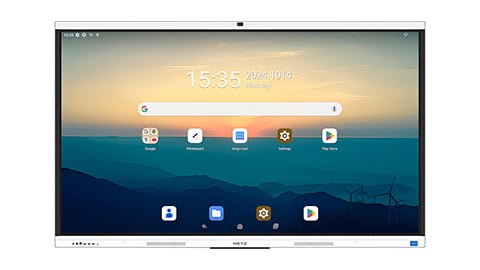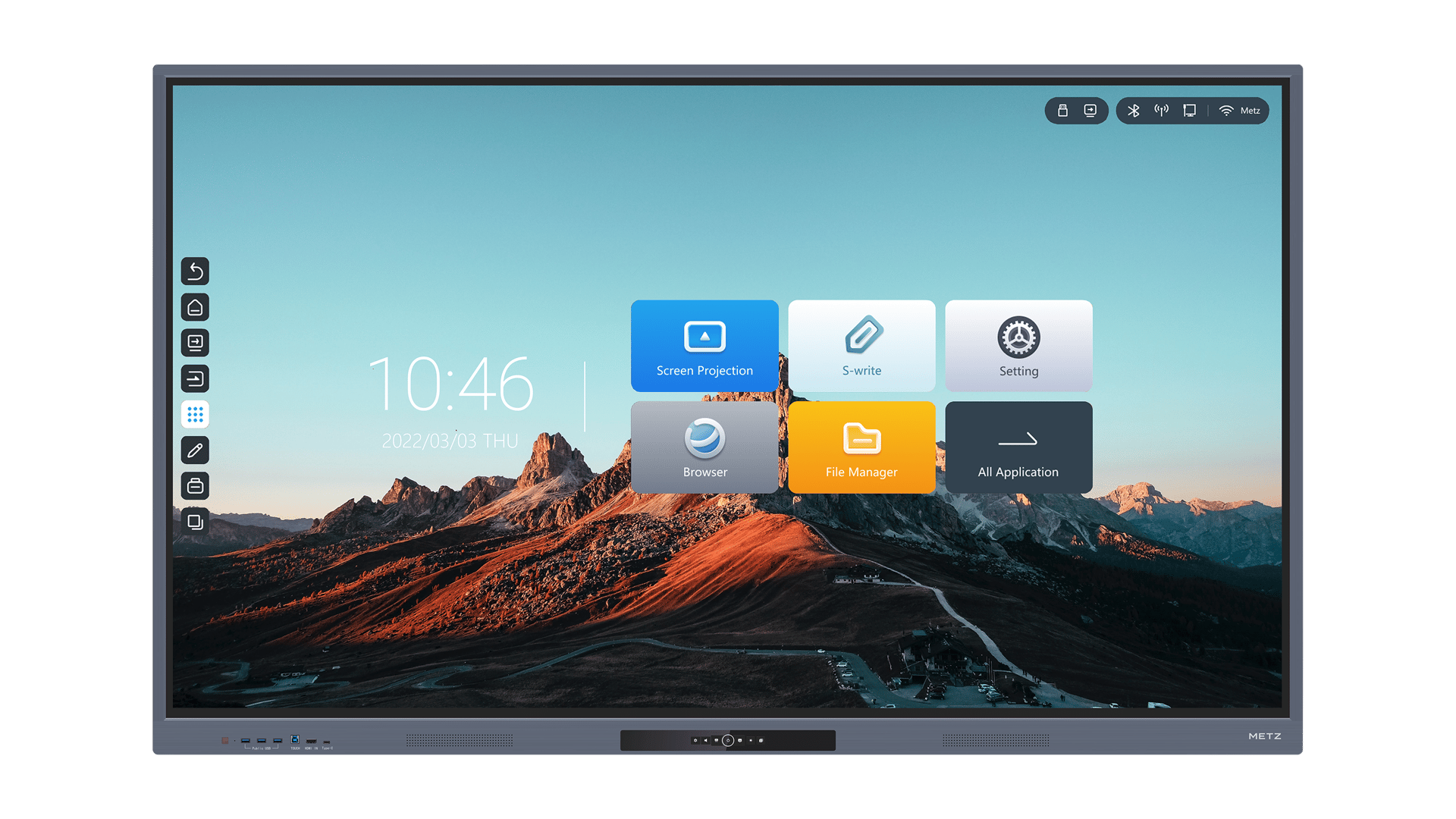Hybrid work is a people-centered approach to workforce management that mixes in-office and remote work, allowing employees to split their time between office work and working from home, providing flexibility and support for employees. In a mixed workplace, employees typically benefit from more autonomy and a better work-life balance, and therefore are more engaged and have access to a more stable workforce.
Why hybrid models will be the norm in development?
During this pandemic, many countries and businesses are struggling due to rapidly changing circumstances. Companies that want to thrive during the COVID-19 pandemic need to develop effective strategies. However, the question is not limited to how we work remotely. The challenge extends to ensuring the well-being of your employees is adequately supported. Given this situation, future jobs are likely to be affected by the ongoing epidemic. Here are some trends for the future of work in hybrid mode.
First, flexibility will vary by location: Before the pandemic, most companies required employees to go to the office every day. However, once this pandemic is over, the future of work will not be the same as before. Hybrid work environments where employees can work remotely or from an office will become normal.
Second, providing employees with stronger support and greater opportunities for their physical and mental well-being is a top priority for companies today. Many companies strive to support their employees by providing them with the tools and resources they need to do their jobs. They also provide financial assistance for the health and safety of their families. When it comes to work, it's also important to make sure no one is left behind. Many thanks for teaching veterans how to navigate technology. Remote work collaboration will also give your employees some time to expand their careers and develop outside of the company.
Then, prioritizing workplace safety and privacy: Since the beginning of the pandemic, people have been forced to stay home for safety. The company's operations moved online, and leaders worked hard to make work as flexible as possible. One-on-one meeting solutions are becoming more frequent these days because it promotes privacy.
What are the benefits of a hybrid work environment?
1. Reduce overhead costs: Companies are looking for real estate strategies and opportunities to reduce office space or relocate offices to smaller cities – all of which can reduce overhead. Hybrid employees tend to be more engaged, which leads to less turnover and lower costs.
2. Increased employee productivity: Many factors contribute to increased productivity: increased autonomy in choosing when and where to work; fewer distractions at home than in the office; reuse of commute time; and access to the office when face-to-face collaboration is best.
3. Better employee experience and work-life balance: Greater flexibility and autonomy can improve job satisfaction and well-being, and the maintenance of work-life balance can help create a successful hybrid workplace.
4. Ensure social distancing, and maintain health: With COVID-19 variants expected to be an ongoing threat, hybrid work models allow themselves to define office spaces to emphasize safety and hygiene.






